What is Sea Lice? How to Treat and Prevent Bites & Rash
Key Takeaways:
- Sea lice rash, also known as seabather's eruption, is caused by toxins released from tiny larvae trapped under swimsuits, leading to itchy, red bumps.
- Symptoms of sea lice typically appear shortly after leaving the ocean and can include itching, stinging sensations and, in some cases, mild sickness or fever.
- To prevent sea lice, avoid swimming when outbreaks are reported, change out of swimwear immediately after swimming and wash swimwear in hot water to remove any larvae.
Sea lice rash: Symptoms, causes, treatment and prevention tips
The Earth's oceans are home to countless types of aquatic life, from fish and rays to corals and crustaceans. While most ocean-goers tend to watch out for dangerous marine wildlife like stingrays and sharks, there's another concern they may need to be made aware of: sea lice.
Sea lice can put a damper on even the sunniest summer day. Even though sea lice rashes don’t pose a long-term threat to humans, they can still be uncomfortable and, at times, painful. Read on to learn how to identify, treat, and prevent sea lice bites so you can enjoy your beach days without any unwelcome surprises.
What is sea lice?
Sea lice, also known as seabather's eruption (SBE), refers to an itchy rash that emerges in areas covered by a bathing suit after swimming in the ocean. Sea lice is caused by two kinds of free-swimming larvae found in saltwater: thimble jellyfish larvae and sea anemone larvae.
When these tiny larvae get trapped under swimsuits, rash guards, or t-shirts, the friction or exposure to freshwater causes them to release stinging cells called nematocysts. Nematocysts are the larvae's self-defense mechanism, releasing toxins that irritate the skin and lead to seabather's eruption (sea lice rash).
Despite the name, sea lice are not related to head lice, and the rash is not caused by a bite. It's also worth noting that there is also a type of crustacean that attaches itself to salmon, also called sea lice. They are not the same thing as the sea lice that cause SBE.
Where are sea lice rash outbreaks most commonly reported?
Sea lice outbreaks have been commonly reported along 250 miles of Florida’s southern Atlantic coast. Additionally, cases of SBE have also been reported along the mid-Atlantic coasts of the United States (including New York), the Gulf of Mexico, the Caribbean, Brazil and Papua New Guinea.
SBE cases peak during the summer months, between May and June.
Symptoms of sea lice
Typically, symptoms of sea lice first appear a few moments after leaving the ocean. In some cases, people with SBE have reported noticing itching symptoms while still in the water.
Common symptoms of sea lice can include:
- An itching, prickling or stinging sensation in or shortly after leaving the water.
- Small, raised, itchy or red bumps (papules), mainly in the areas covered by swimwear.
- Small, raised, itchy or red bumps, blisters or sores (skin lesions) around a surfer's armpits, chest or stomach.
Since freshwater can trigger the marine larvae to release the irritating toxins that cause a sea lice rash, showering with a bathing suit may worsen your SBE symptoms. If showering at the beach, try packing a clean bathing suit to switch into before rinsing off and an extra set of clean clothes.
While rare, some SBE patients have previously reported also experiencing mild sickness, nausea, fever, vomiting or cramping. Typically, these symptoms tend to go away within a week. If you’re experiencing these symptoms, talk to a medical provider about potential treatment options.
What does sea lice rash look like?
A sea lice rash is characterized by a group of small, itchy, stinging or prickling red bumps on the skin. These red bumps can, at times, cluster together and form a more uniform, larger-appearing rash.
Causes and risk factors
Seabather’s eruption is caused by the toxins released by tiny larvae that get trapped beneath a swimmer’s bathing suit, rash guard or clothes worn in the ocean. Pressure, friction or exposure to freshwater cause the larvae to release the toxins that irritate the skin.
As a result, people who snorkel, swim, surf, or wade in the water, or exercise in clothes or bathing suits that they wore while in the ocean are at a higher risk of getting sea lice due to the pressure or friction created during those activities.
People who rinse off in beach showers with ocean-worn bathing suits are also more vulnerable to experiencing heightened symptoms and effects of sea lice. Freshwater can cause tiny larvae in the suits to release the toxins that cause seabather's eruption. Additionally, children and people who have previously had seabather’s eruption are at a greater risk.
How do you treat sea lice bites?
You can treat the stinging, itching or prickling sensation that comes with seabather’s eruption in a few different ways. It’s important to note that these treatments should be used after changing into a clean set of clothes.
Treatments and remedies for sea lice bites:
- Over-the-counter oral allergy medications (antihistamines) like fexofenadine (Allegra), diphenhydramine (Benadryl) or cetirizine (Zyrtec) can help reduce inflammation.
- Topical corticosteroid ointments containing 1% hydrocortisone (Cortizone) or 2% diphenhydramine (Benadryl) can provide relief from itching.
- Nonsteroidal anti-inflammatory drugs (NSAIDs) like ibuprofen (Advil), aspirin (Bayer) or naproxen (Aleve) can help reduce pain and inflammation in patients over the age of 18.
- Applying a cool compress or an ice pack can help relieve a burning or itching sensation over the affected area.
How long does seabather’s eruption last?
In most cases, seabather’s eruption symptoms begin to go away within two to four days. However, there are instances where symptoms last for up to two weeks.
If your symptoms persist after two weeks or they begin to worsen, medical attention may be necessary. Healthcare providers may suggest prescription-strength corticosteroids (a class of steroid hormones used to reduce inflammation), like prednisone, if needed.
How to prevent sea lice bites
The only surefire way to prevent seabather’s eruption is to avoid getting in the ocean. Lifeguard postings or beach warning flags can also help you determine if there are dangerous marine pests in the water that day.
Tips to reduce the severity of your symptoms:
- Change out of any clothes or swim suits you wore in the ocean as soon as you’re done swimming.
- Avoid showering with a bathing suit that you wore in the ocean since freshwater triggers the larvae to release irritating toxins.
- Wash your bathing suits, rash guards or any other clothing that you wore in the ocean in hot water to remove any remaining larvae.
How Sesame can help
If you think you may have sea lice and want medical guidance, additional information or a treatment plan, open Sesame! Sesame can connect you with thousands of local licensed healthcare providers who can assess your symptoms and prescribe medication or another appropriate treatment.
Book an affordable online skin consult today to speak with a top-rated doctor. If you have concerns about your skin or any scarring left behind from a seabather’s eruption rash, you can book an affordable online dermatology consultation today.
Related posts
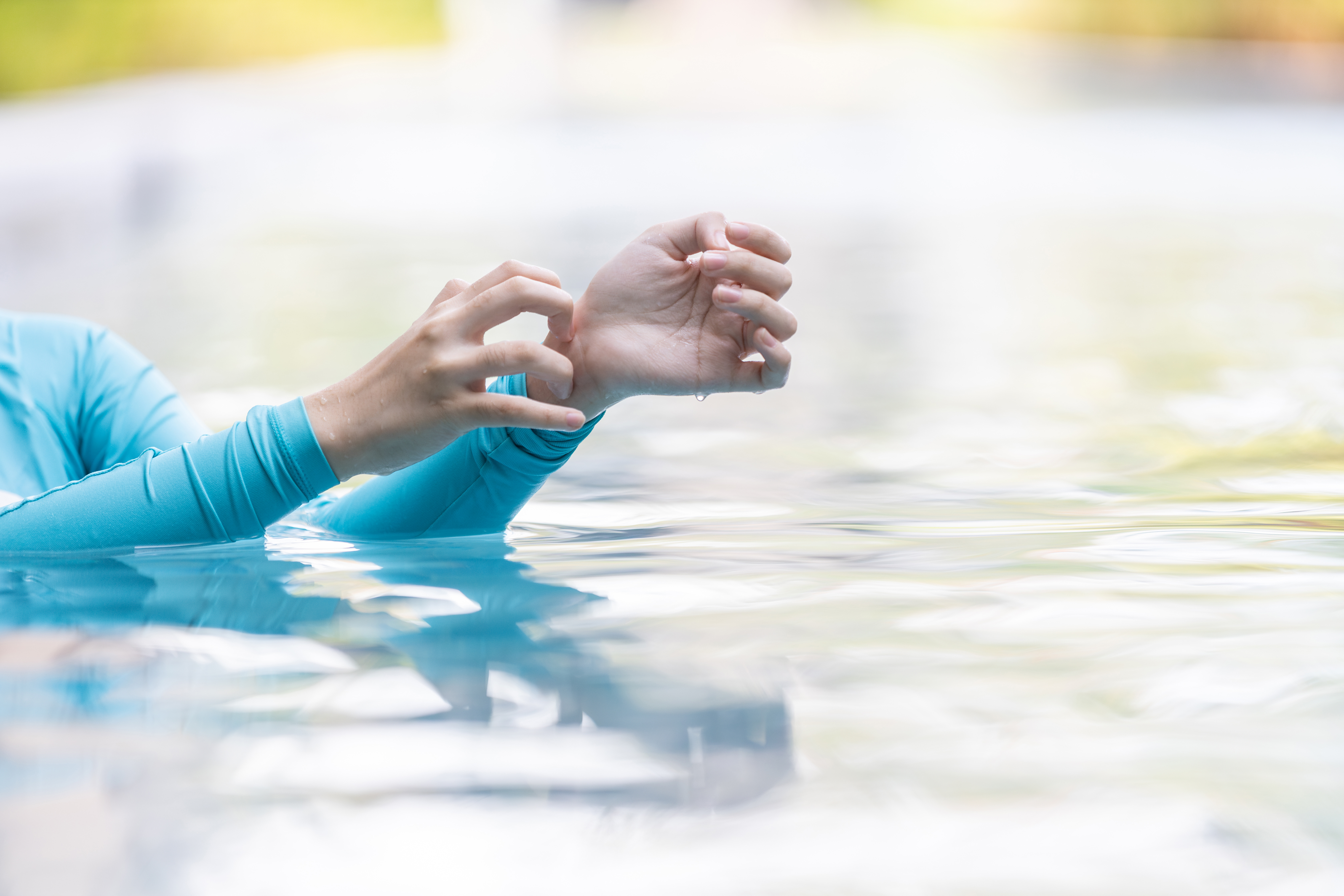
When spring and summer roll around, many people swap out their snow boots for swim suits as they get ready to enjoy days of swimming in lakes or the beach. Every year, swimmers and water lovers alike have to face a condition known as swimmer's itch.
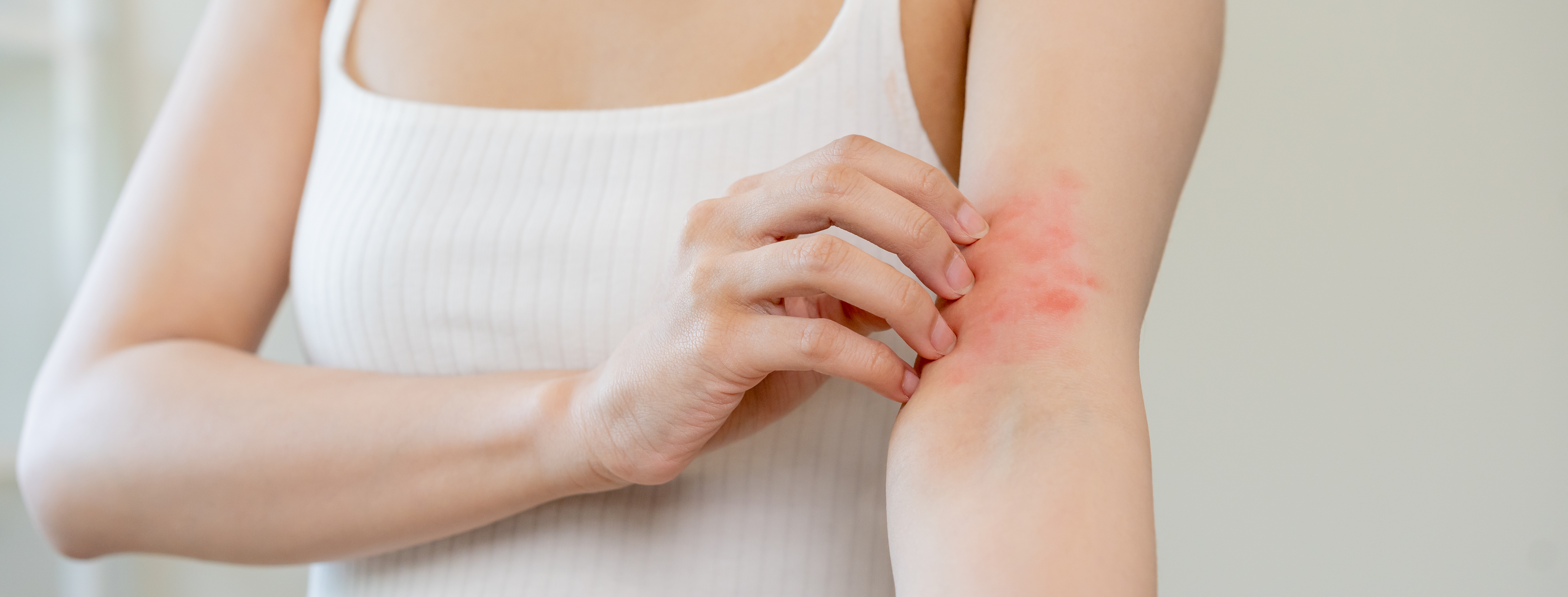
As we gear up for another scorching summer, it's important to be aware of heat rash and how you can prevent and treat this common condition.
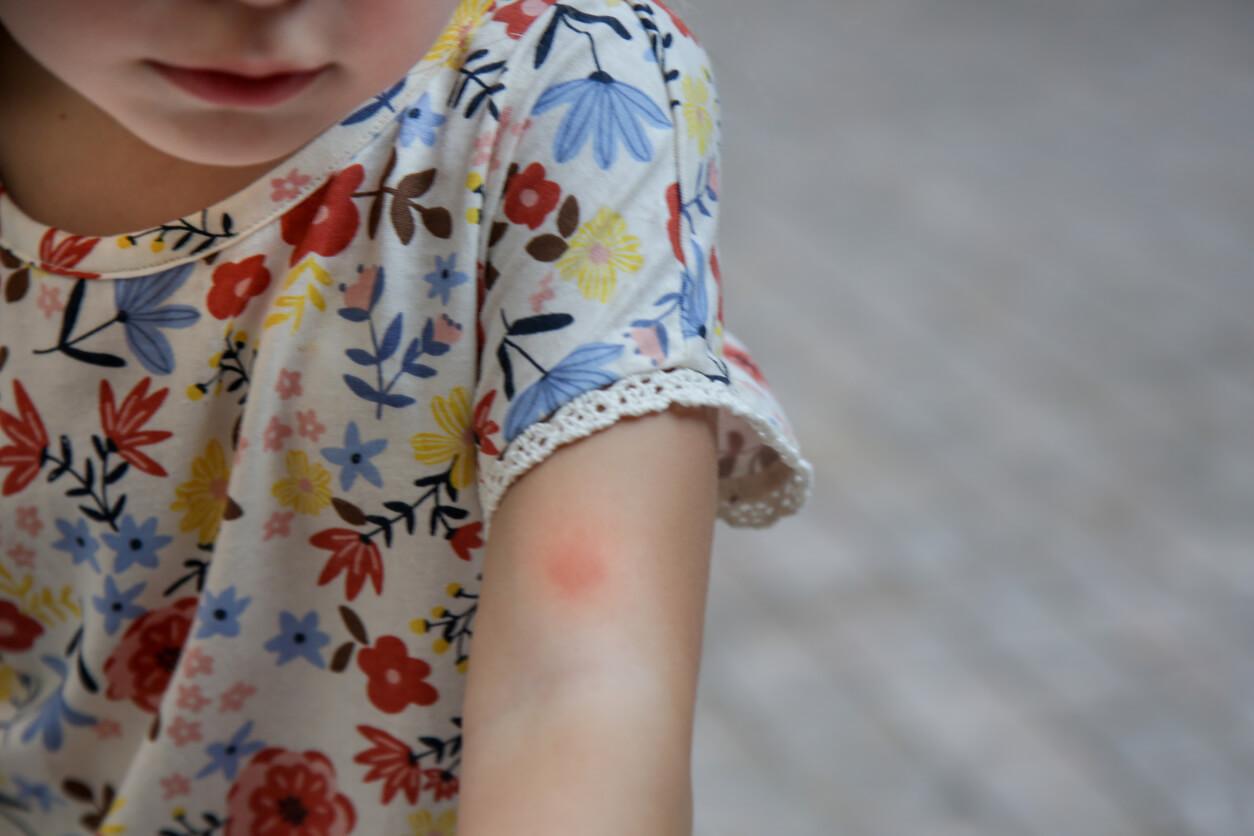
Bug bites often result in itchy red bumps or rashes on the skin. This is because the saliva or venom of the bug that bit you causes an allergic reaction in your body.
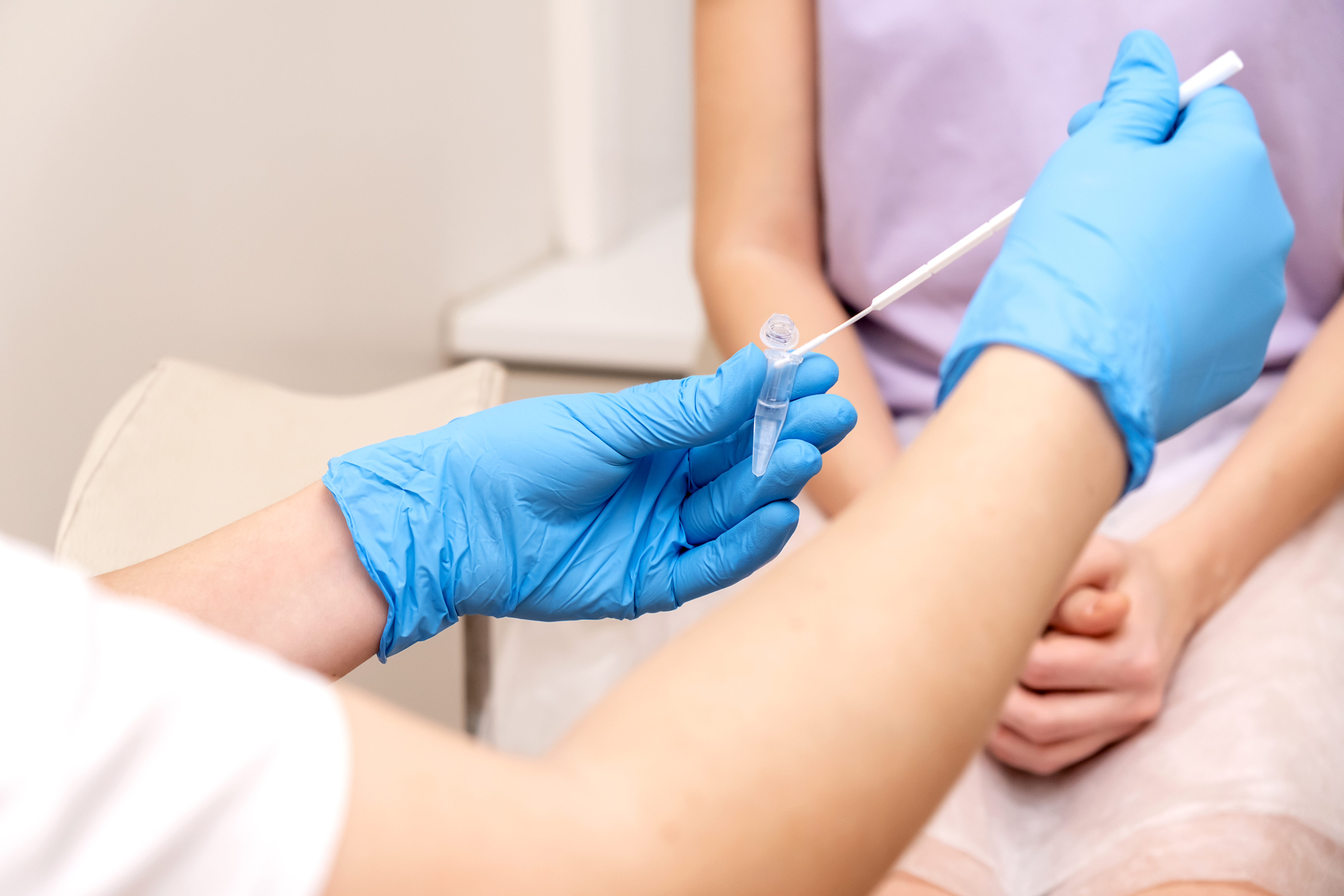
Herpes is one of the most common sexually transmitted infections (STIs) in the world. It’s caused by a virus called the herpes simplex virus (HSV). Part of the reason why herpes is so common is that it’s often asymptomatic, and it's very contagious.
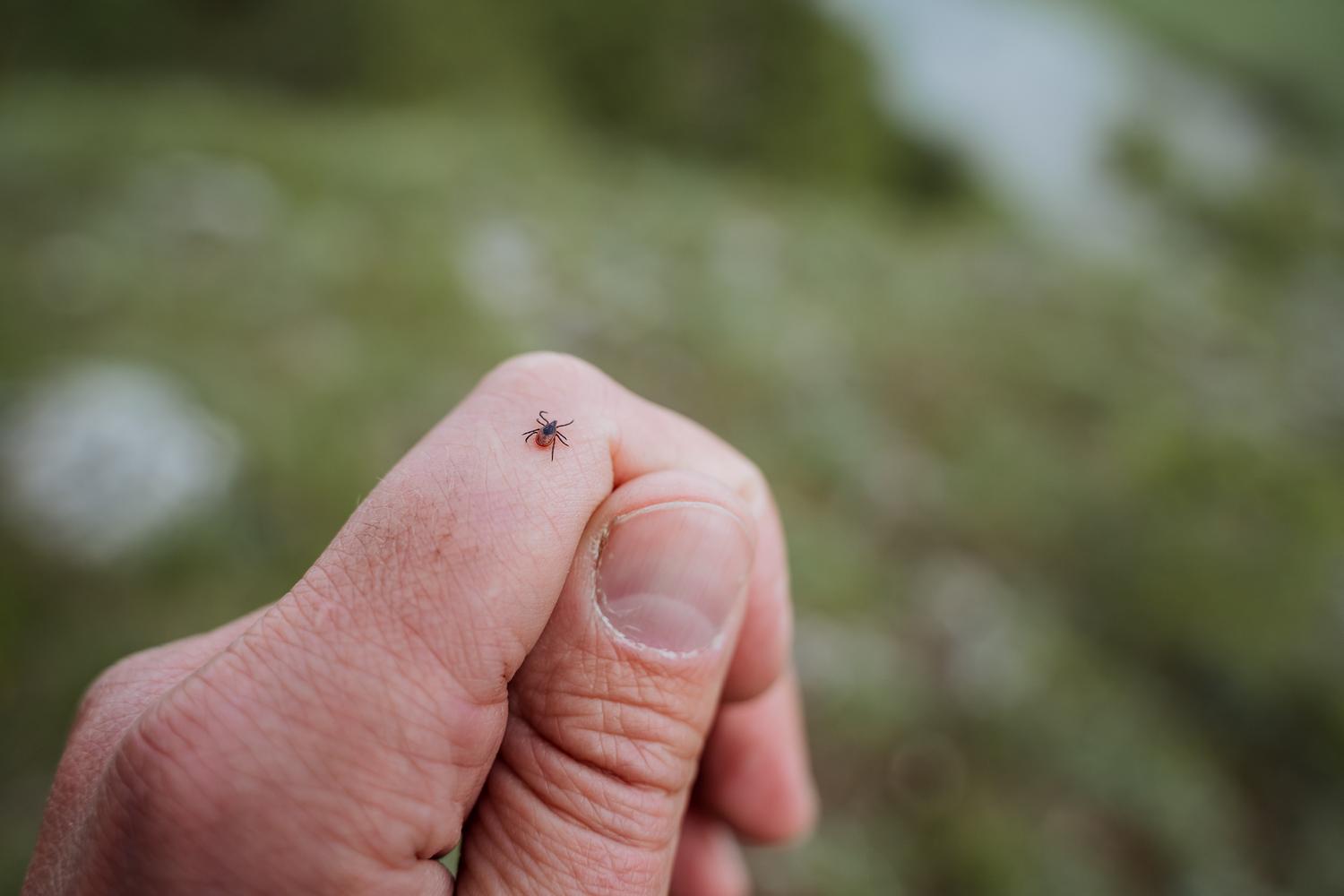
Concerned about a recent tick bite or experiencing symptoms of a tick-borne illness? Learn how to identify, treat, and prevent tick bites. Plus, learn common symptoms of tick-borne diseases, when to see a doctor, and how to safely remove ticks.

Learn how to treat and prevent rashes and blisters from margarita burn (phytophotodermatitis), a painful skin reaction caused by citrus and sun exposure.

Explore UV sunglasses, clothing, stickers, and beach umbrellas that enhance your sun protection routine, allowing you to enjoy summer safely. Learn how these products offer added defense against harmful UV rays.
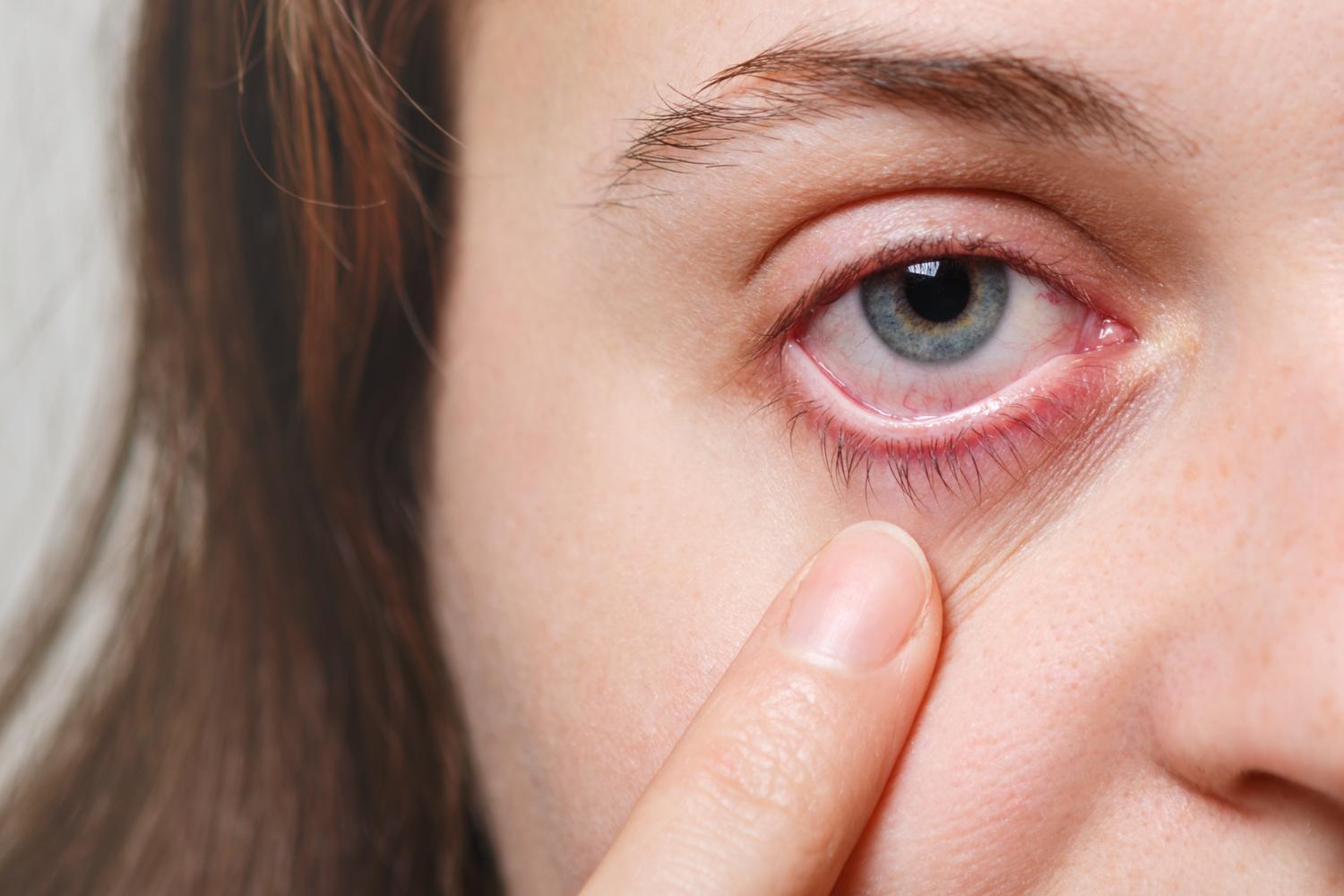
The human eye is an extremely sensitive organ that interacts with a number of systems in the body, so there are a myriad of reasons why someone might experience bloodshot eyes.

Everything you need to know about the measles, mumps and rubella vaccine schedule for infants, children and adults.
